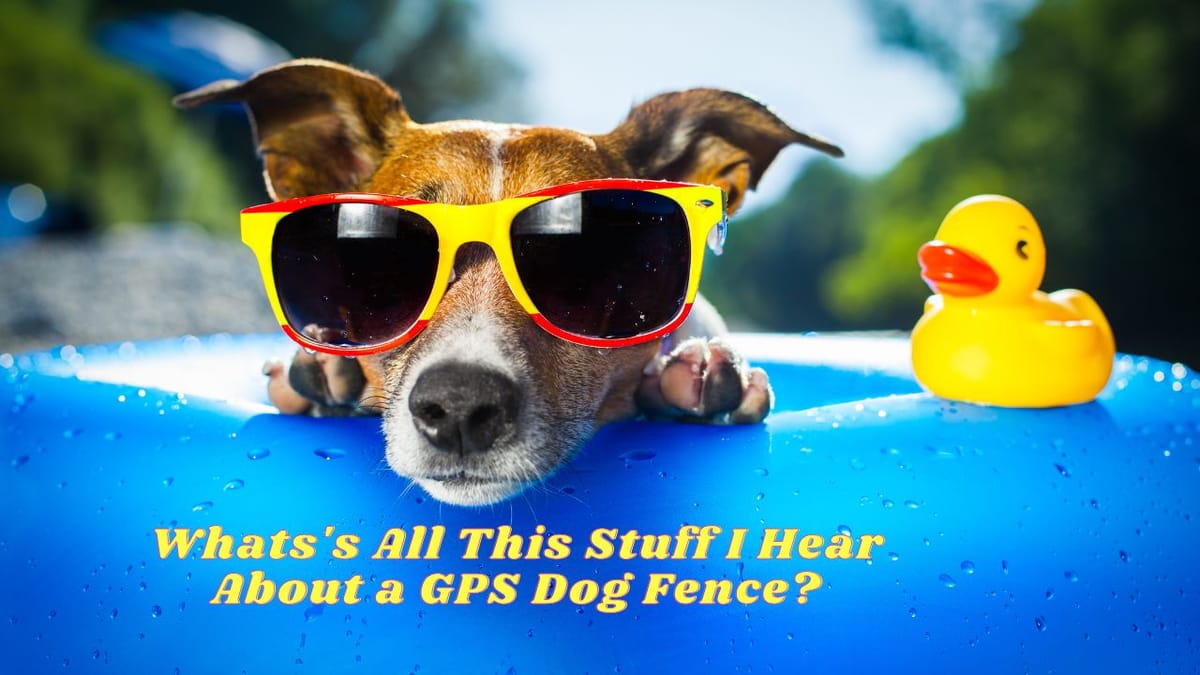Table of Contents
Key Takeaways:
- Understand the differences between GPS dog collars that makes a gps dog fence and invisible fences for pet containment.
- Learn about the advantages and limitations of each system to make an informed decision.
- Discover how technology affects the reliability and safety of keeping your pet secure.
Pet owners are increasingly looking for innovative ways to keep their furry friends safe without restricting their freedom. Two popular solutions are GPS dog collars and invisible fences. This article will delve into the specifics of each, helping you decide which is the best containment solution for your pet.

With detailed and rigorous research, we provide our readers with the finest recommendations. Our recommendations are our opinions. Our cause is backed by reader support- for every click made through one of our affiliates links, a commission may be earned at no extra expense to you! As an Amazon Associate, Reviewsopedia may earn a commission from qualifying purchases. Thank you and enjoy!
What is a GPS Dog Collar?
GPS dog collars utilize GPS technology to track your pet's location. These gps dog collars provide a gps boundary line that alerts you when your pet strays too far from home. They are a modern solution for pet owners who want to monitor their pets without the need for physical barriers.
GPS collars are equipped with a rechargeable battery and can be linked to a smartphone app, allowing owners to keep tabs on their pet's whereabouts. However, they rely heavily on gps signals, which can be obstructed by nearby tall buildings or thick tree cover, potentially leading to an inconsistent boundary signal.
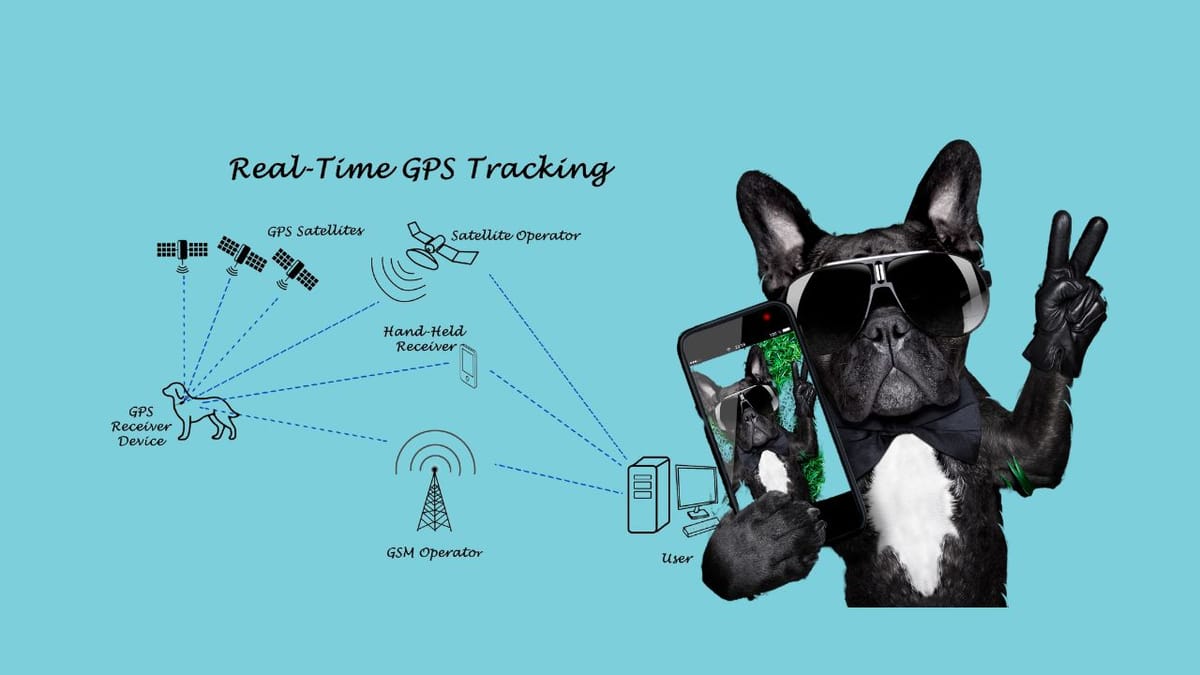
Invisible Fence: An Overview
Invisible fences, which i am much more familiar with after using them for 15 years are also known as electric dog fences or electronic dog fences, create an invisible boundary around your property. A buried boundary wire emits a coded radio signal that is detected by a receiver collar worn by your pet. As the pet approaches the fence boundary, the collar emits a warning beep followed by a brief static impulse if the warning is ignored.
These systems can be either wired underground dog fences or wireless dog fences typically using a fixed radio signal. They are designed to keep your dog safe within a predefined area without the need for traditional physical fences.
Comparing Installation Processes
Installing a GPS dog collar system is relatively straightforward. Once you purchase the collar, you set up the gps boundary line using the accompanying app. There's no need to bury wires or set up physical markers.
On the other hand, invisible fences require more effort to install. For wired systems, you must dig trenches to lay the buried wire, which can be time-consuming and labor-intensive. However, you can lay the wire on top the ground and use staples to keep it in place which is less labor intensive but I have done many times. Every now and then the wire may get cut for example if a deer steps on it but it is easy to fix. Wireless systems are easier to install but still require setting up the transmitter and syncing the collar.
Reliability and Consistency
When it comes to reliability, invisible fences have an edge. Underground wires provide a consistent boundary signal, ensuring that your pet knows exactly where the safe zone ends.
GPS wireless dog fences, however, can suffer from inconsistent signals due to interference from natural and man-made obstacles. This can result in an inconsistent boundary hidden fence, which may confuse your pet and lead to accidental escapes. The Evolution of Pet Containment: From Physical to GPS Fences The landscape of pet containment has seen a significant shift with the advent of technology. Traditional physical fences, once the only option for pet owners to keep their furry friends safely contained within their property, are now being challenged by innovative solutions like the GPS wireless dog fence. Physical fences, while providing a visible barrier, can be costly and obstructive, whereas a GPS fence utilizes satellite technology to create virtual boundaries. This invisible solution offers a less intrusive way to define a pet's roaming area without the need for erecting physical barriers.
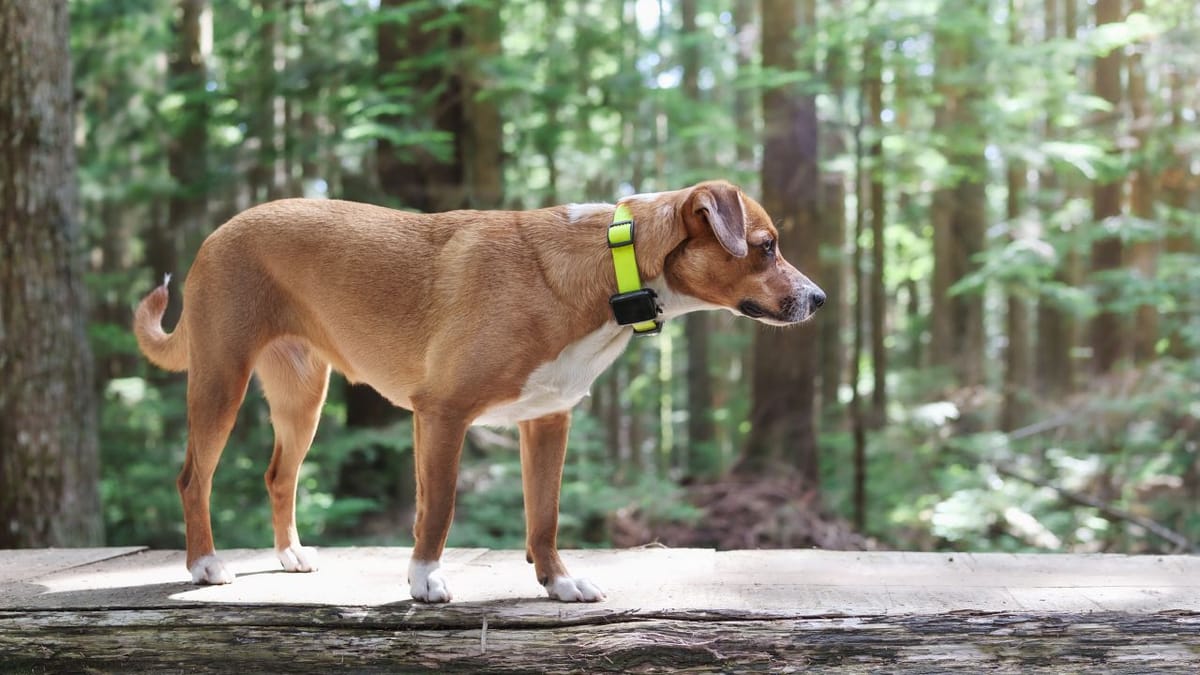
GPS fences, particularly those like the Halo Collar, leverage GPS coordinates to establish a secure electronic pet fence. This geo-fence ensures that pets stay safely contained within the designated area. When the pet wears a GPS collar, it receives data from satellites, allowing the owner to monitor their location and even track their movements beyond the invisible boundary. Unlike wired underground dog fences that require the installation of an underground wire, GPS fences are less labor-intensive and offer a more aesthetically pleasing option without compromising the safety of the pet.
Advantages of GPS Dog Fences Over Traditional In-Ground Solutions
Electronic dog fences, including both the wireless gps systems and the wired underground dog fence, offer a modern take on pet containment. The electric dog fence, for instance, uses a radio signal to trigger a warning tone or a mild correction if the dog approaches the boundary, thereby teaching the pet to respect the limits over time. This method is not only cost-effective but also provides minimal warranties compared to the maintenance required for physical fences. Moreover, the dog learns to stay within the boundaries, which is a more proactive approach to pet training.

On the other hand, in-ground dog fences, though more discreet than traditional fences, still involve the laborious task of burying a wire around the perimeter. However, they are a secure option for those who prefer a wired solution. The wired underground dog fence emits a signal to the collar, ensuring the dog remains within the set boundary. When comparing the longest battery life of pet containment systems, electronic dog fences often come out on top, making them a reliable choice for owners who want to ensure their pet compared to other containment methods.
Environmental Impact and Aesthetics
The environmental footprint and visual appeal of pet containment solutions are significant considerations for many pet owners. A physical fence can have a substantial environmental impact, requiring materials that may not be sustainably sourced and altering the natural landscape. In contrast, in-ground dog fences and wireless fence systems are less intrusive, preserving the existing ecosystem. These electronic dog fence options are virtually invisible, maintaining the aesthetics of your property and avoiding the potential eyesore of a traditional fence.
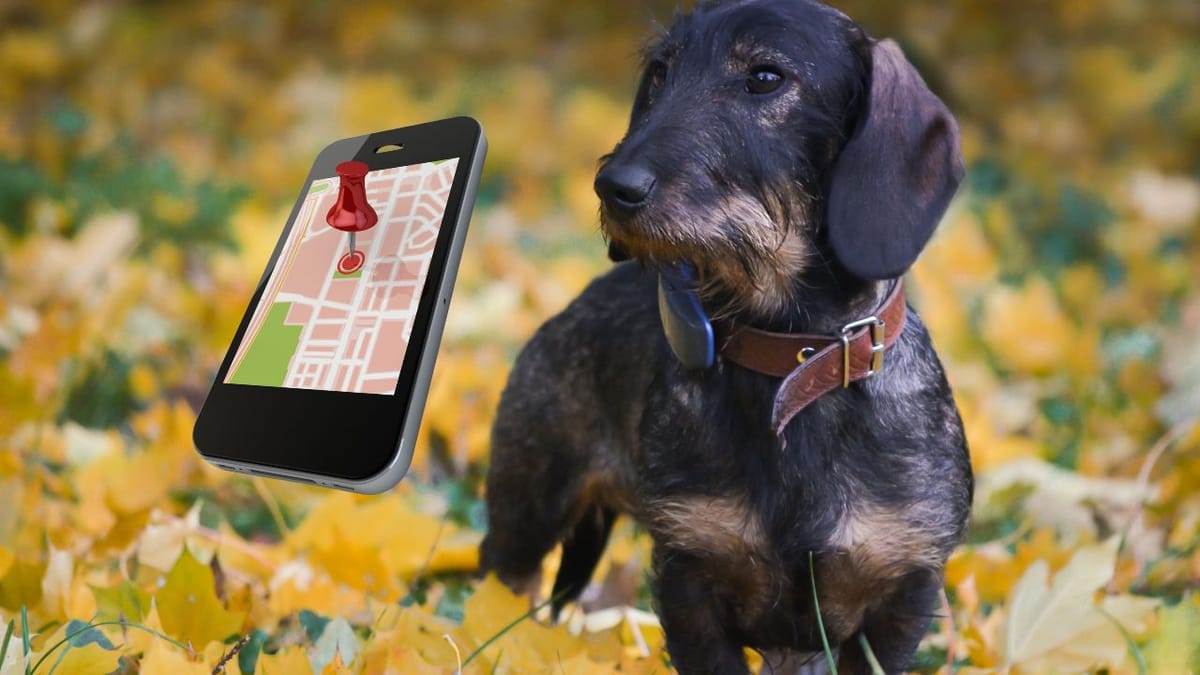
Moreover, the wireless GPS systems compare favorably in terms of aesthetics, as they require no physical barriers at all. The geo-fence technology allows pet owners to define boundaries electronically, ensuring that the beauty of your garden or yard remains unobstructed. This is particularly appealing for those who take pride in their landscaping or live in areas with strict homeowners' association rules regarding fencing. The invisible fence is a discreet alternative that keeps your furry friend safe without compromising the look and feel of your outdoor space.
Legal Considerations and Compliance
When deciding between a GPS dog collar and an invisible fence, it's crucial to consider local laws and regulations. Some areas have strict rules regarding the installation of physical fences and in ground dog fences, which may require permits or have height restrictions. Wired dog fences may also be subject to regulations, especially if they involve significant alterations to the property. It's essential to research these requirements to ensure compliance and avoid potential fines or legal issues.

In addition to legal compliance, warranty and support are important factors to consider. Many invisible fence and electric fence systems come with minimal warranties, which can be a concern if the system fails or requires maintenance. It's advisable to look for a hidden fence with a robust warranty and reliable customer support. This can provide peace of mind and ensure that your investment in a containment system for your furry friend is a cost-effective solution in the long run. Always check the warranty details and understand what is covered before making a purchase, as this can vary significantly between different radio signal triggers and containment systems.

Safety and Correction Methods
Both systems use correction methods to deter pets from crossing the boundary. GPS collars may use tones, vibrations, or electric shock, while invisible fences typically use a coded radio signal that triggers a brief static impulse when the dogwatch receiver collars come into contact with the fence boundary.
The intensity of the correction can usually be adjusted on both types of systems to ensure it is appropriate for your pet. It's crucial to train your pet to understand these signals to prevent distress or confusion.
Cost Considerations
The initial cost of a GPS dog collar can be higher than that of an invisible fence, especially when considering the on going monthly fee for GPS services. However, invisible fences can also be costly, particularly if you opt for a professional installation or a system with a lifetime limited equipment warranty.
In the long run, the cost-effectiveness of each system will depend on your specific needs, the size of the area you wish to cover, and any additional features you may require.

Maintenance and Durability
Maintenance is another important factor to consider. GPS collars depend on a rechargeable battery, which means you must remember to charge it regularly. A dead battery means no containment solution. Invisible fences have minimal maintenance, but if the buried wire breaks, it can be difficult to locate and repair the damage.
Durability-wise, both systems are designed to withstand outdoor conditions. However, GPS collars may be more prone to damage if your pet is particularly active or adventurous.
Training Your Pet
Regardless of the system you choose, training your pet is essential. Both GPS collars and invisible fences require a period of adjustment where your pet learns the boundaries and the consequences of ignoring them.
Professional training can help ensure that your pet understands the containment solution and stays safely contained within the designated area. This is crucial for the effectiveness of either system and the safety of your pet.
Flexibility and Portability
One of the advantages of GPS wireless fences is their portability. If you move houses or travel with your pet, a GPS collar can easily be set up in a new location. Invisible fences, particularly wired ones, do not offer the same level of flexibility.
GPS systems also allow for more customization of the boundary shape, which can be particularly useful for properties with irregular layouts or for small business owners who need to create specific geo-fence zones.

Summary
Choosing between a GPS dog collar and an invisible fence depends on various factors, including reliability, safety, cost, maintenance, and flexibility. GPS collars offer modern convenience and portability but may struggle with signal consistency. Invisible fences are reliable and offer a more traditional containment solution but require installation and can be less flexible.
By understanding the strengths and limitations of each system, you can make an informed decision that ensures the safety and happiness of your pet and less hassle for you.
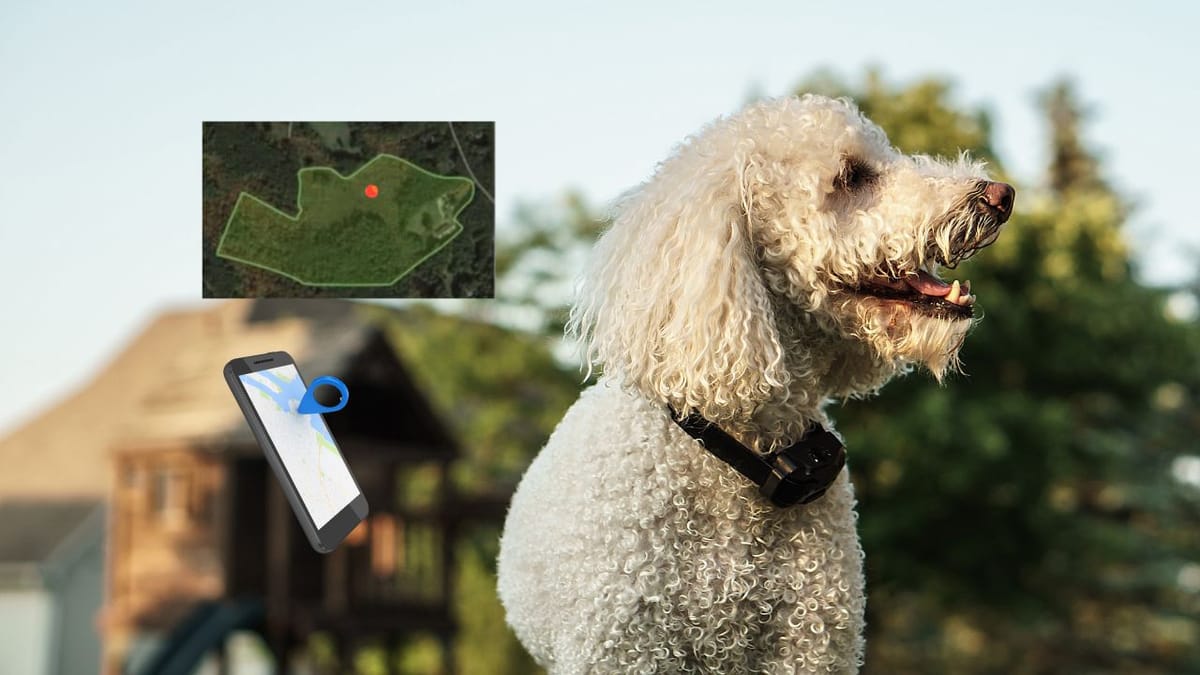
FAQ Section
Can GPS dog collars be used for training as well as containment?
Yes, many GPS collars come with features that can aid in training, such as tone and vibration alerts that can be used to reinforce commands.
Are invisible fences humane?
When used correctly and with proper training, invisible fences can be a humane containment solution. The static correction is designed to be uncomfortable but not harmful, and settings can be adjusted to suit the sensitivity of your pet.
What happens if the GPS signal is lost or the collar's battery dies?
If the GPS signal is lost or the collar's battery dies, the system will not be able to track your pet or alert you if they leave the designated area. It's important to regularly check the battery level and ensure your pet is within a secure area when the collar is not in use.
Other Related Articles
